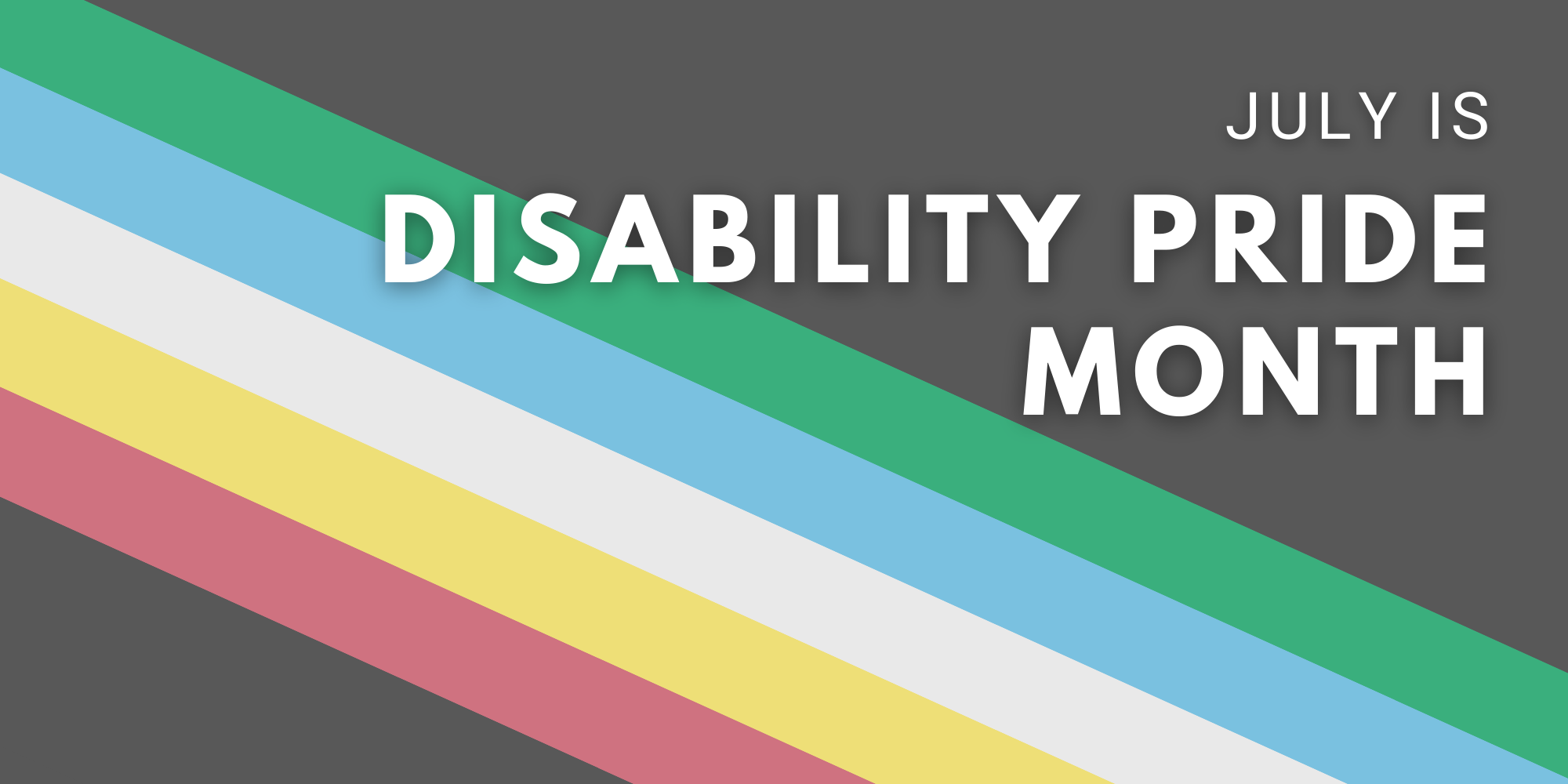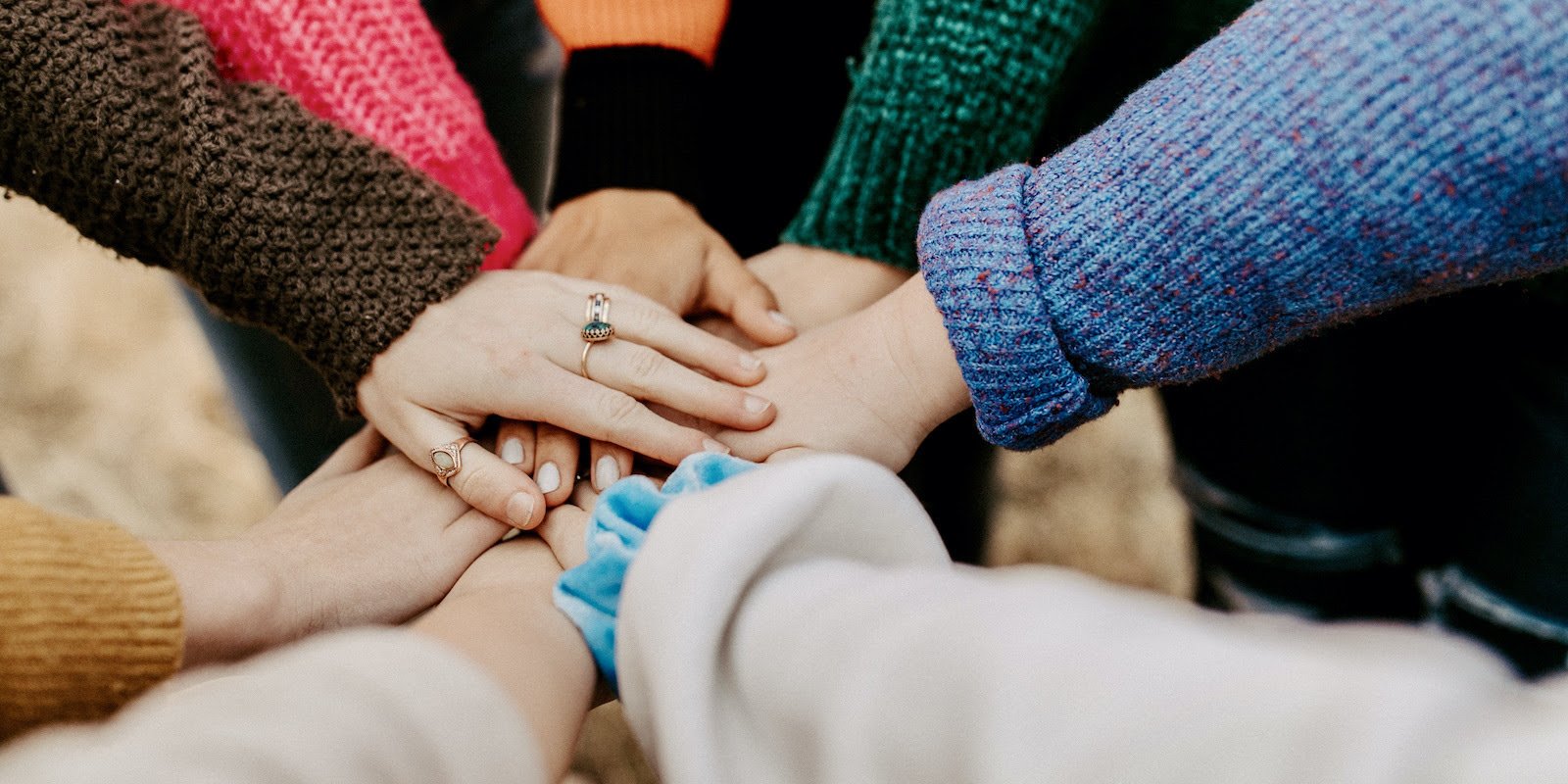“Disabled” is not a dirty word!
This is one of the newsletter posts I pen for Dr. B — an accessible healthcare company — that delivers a curated weekly overview cutting through the noise to deliver vetted reads on Covid-19 and beyond. Sign up at HiDrB.com.
Welcome to the Dr. B Weekly Roundup, a curated weekly overview that cuts through the noise to deliver vetted reads on Covid-19 and beyond. Disabled is not a dirty word. We might assume it is, given euphemisms that abound: Special needs. Differently-abled. But those terms are not used by most disabled people. And as 1 in 4 Americans lives with a disability, they dismiss the complex experiences of a massive and diverse population.
To honor Disability Pride Month this July, we’ve got history lessons + top tips for allies. Read on for that, below. And head to HiDrB.com for…
The Checkup: a round-up of articles about what we’re feeling + needing right now
Covid-19 updates: summaries of the latest news about Omicron + how Covid affects disability support and sometimes ends in long Covid.
The disability pride flag with the words “July is Disability Pride Month” on top
A quick history of disability pride
Until 1974, disabled people could be removed from public spaces through “ugly laws.” You read that right. Enacted in 1867, these laws made it legal.) to remove, institutionalize and sterilize people with disabilities. They sparked generations of neglect and abuse. And established a stigma that disabled people burden society. So it’s no surprise that disabled people have had to take dramatic measures in a fight for equal rights.
On April 5, 1977, disabled people around the country protested that Section 504 of The Rehabilitation Act remained unsigned after 4 years of development. Section 504 promised equal access to education, housing, polling stations, public transit and more. In an epic demonstration, protesters in San Francisco remained on site for what would become the longest nonviolent protest of a federal building in U.S. history. Signed after 25 days, disabled people were finally protected as a marginalized group for the very first time. (More on this below.)
A decade later, a 1988 draft of the Americans with Disabilities Act was still unsigned by the spring of 1990. On a blisteringly hot March day, hundreds of protesters met at the foot of the Capitol Building in Washington D.C. Dozens then left their wheelchairs and pulled themselves up 83 steps to the entrance, with 10-year old Jennifer Keeling yelling, “I’ll take all night if I have to!” (Watch the video—it’s powerful stuff.) The display moved and outraged the public and politicians. And four months after the Capitol Crawl, the ADA was signed on July 26, 1990.
Disabled people continue to face discrimination: They experience higher levels of unemployment than non-disable people and are more than twice as likely to live below the poverty line. They’ve suffered disproportionately during the pandemic and made up 75% of vaccinated Covid-19 deaths—a statistic CDC director Rochelle Walensky cited as “encouraging news” for vaccine efficacy in healthy people.
Still, the signing of the ADA established July as Disability Pride Month. Disability pride celebrates the inherent worth of all bodies. It honors the unique, diverse and complex experiences of disability. And it aims to transform a history of stigma and shame into empowerment and pride.
A black and white photograph of disabled protestors in wheelchairs with Brad Lomax and Judith Heumann at center.
Let's remember when...
The 504 sit-in protesters didn’t storm their local Health, Education and Welfare building expecting to stay almost a month. Sure, some brought vital medications with them. But many were without ventilators, catheters and food. Before they fell into dire straits, members of the Black Panther Party (BPP) started supplying homemade meatloaf, fried chicken, salad and ribs. “I couldn’t stand it when I saw those bar-be-qued ribs,” joked one protester of how the deliciousness undermined her hunger strike.
The Black Panthers showed up because one of their members, Brad Lomax, was there. Lomax, who had multiple sclerosis, had helped found the Washington D.C. chapter of the BPP. When he helped establish an Oakland location of the Berkeley Center for Independent Living, he did so in conjunction with the BPP’s education wing. This advocacy relationship established, the BPP so supported the 504 protesters that they paid travel expenses for Lomax and 24 others to head to Washington for negotiations. With Section 504 finally secure, protest leaders credited the BPP with “keeping us alive body and soul,” as one person told the Black Panther Party newspaper—the only paper to continually cover the event.
The world owes a great debt of thanks to the Black Panthers and Brad Lomax for their disability activism. After the sit-in, Lomax continued to fight for civil rights until his death at age 33 in 1984. Learn more at Good Black News and in the personal stories of 504 sit-in participants.
A photograph of sweatered arms putting their hands together in the center
How to be an ally...
If you’re a non-disabled person who wants to work in allyship with disabled people, here are a few ways to get started.
Listen: As we’ve seen during the pandemic, many aspects of society can expand access. If you want to welcome disabled people to your home, school, event, or other space, ask them what they need to make that happen. Then implement their suggestions.
Read: These books by disabled authors are a great place to start learning. (Emily Ladau’s Demystifying Disability and Alice Wong’s Disability Visibility = particularly excellent primers.)
Watch: Crip Camp is a wild + raucous documentary covering disability history + culture. Seen it? Watch these next.
Diversify your feed: Scroll #DisabledAndCute and #DisabledIsNotABadWord to learn about the everyday experiences of disabled people. And #CripTheVote before you head to the polls.
Hire disabled people: The absence of disabled people from the workforce is more about social stigma than it is about… anything else. Hiring disabled people is good for business. Here’s why.





